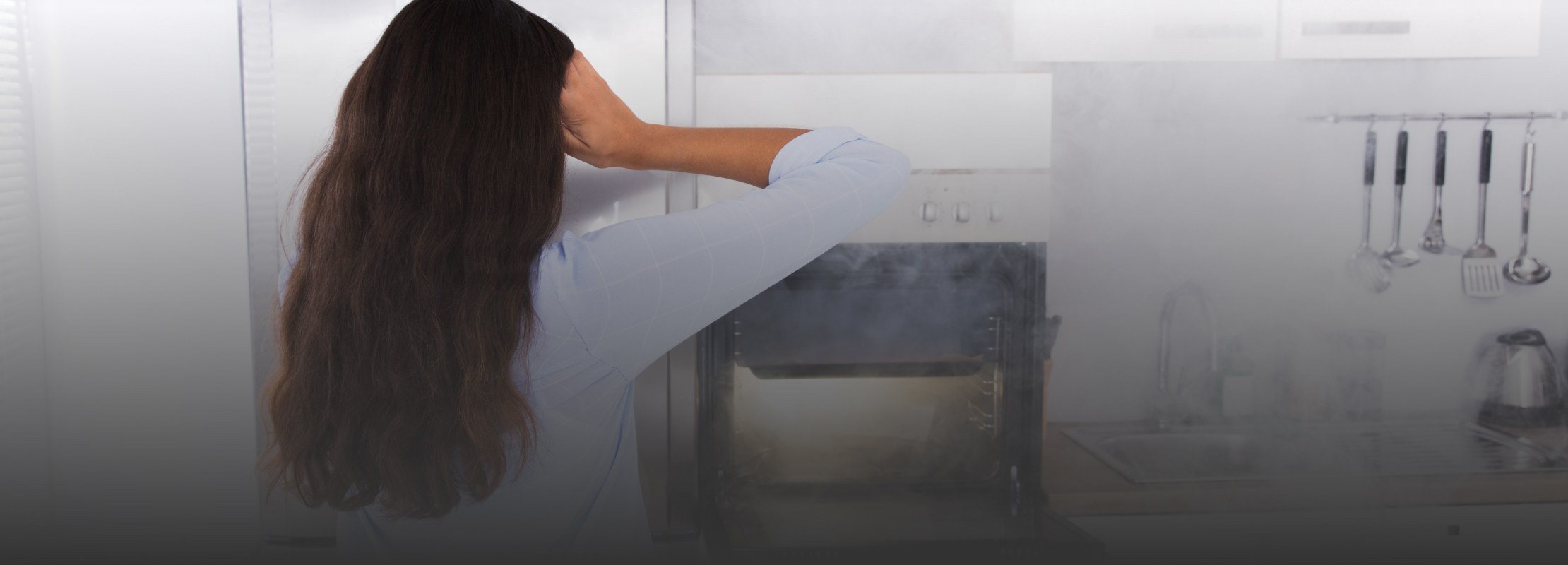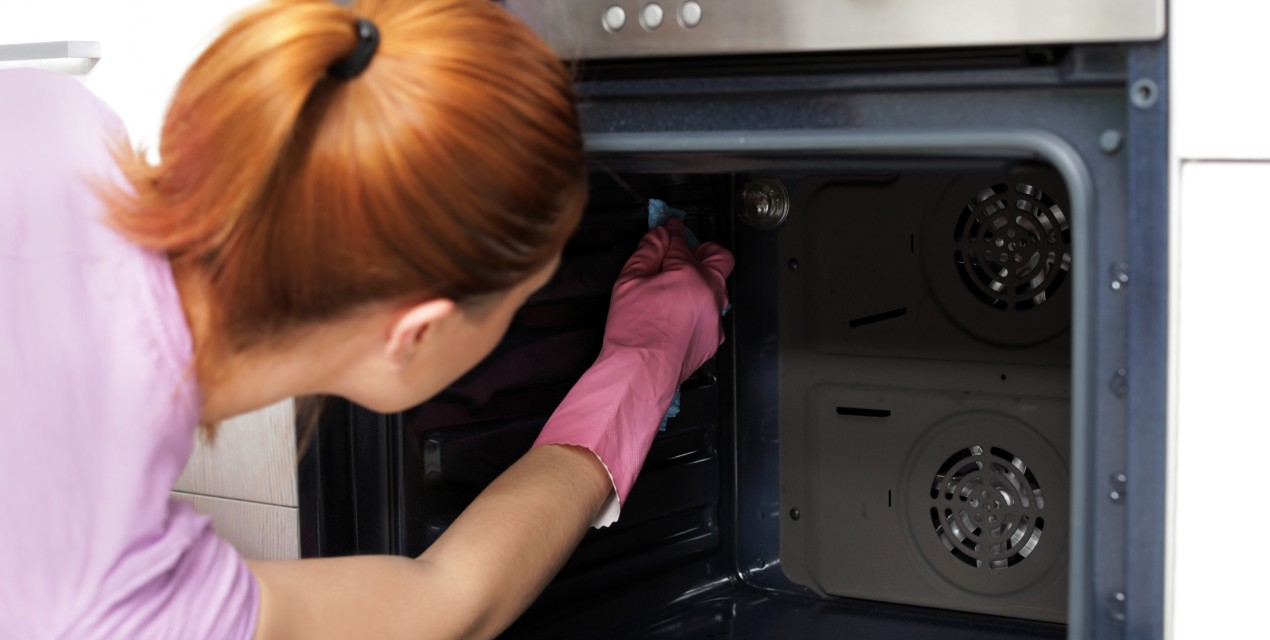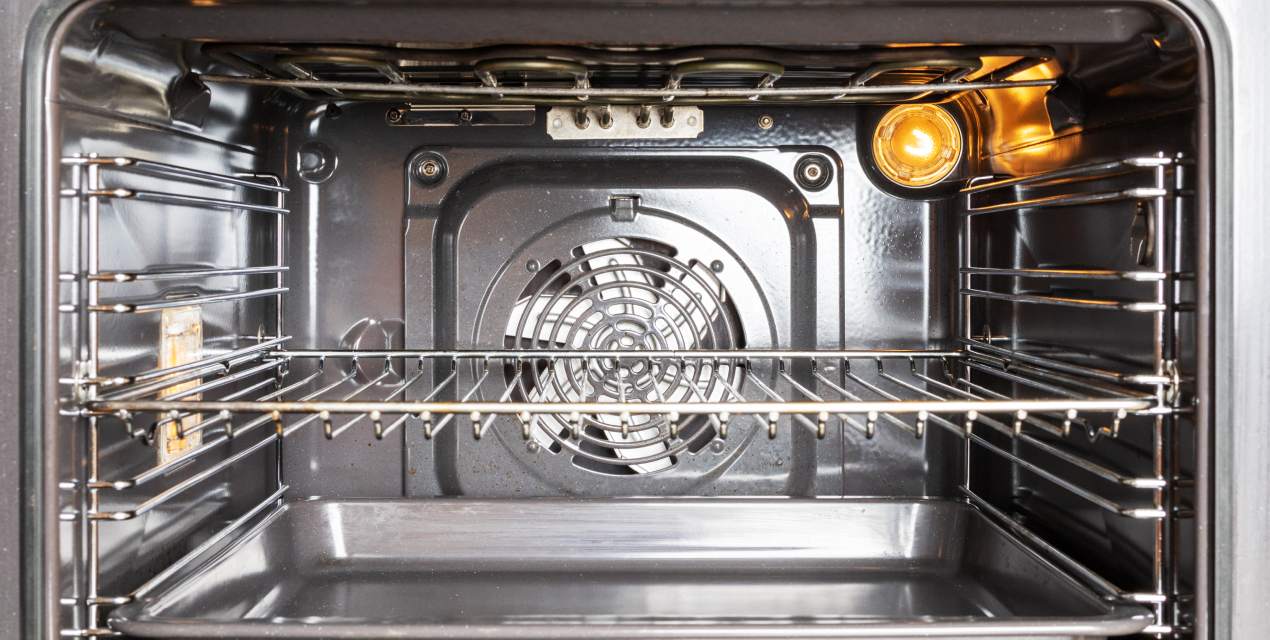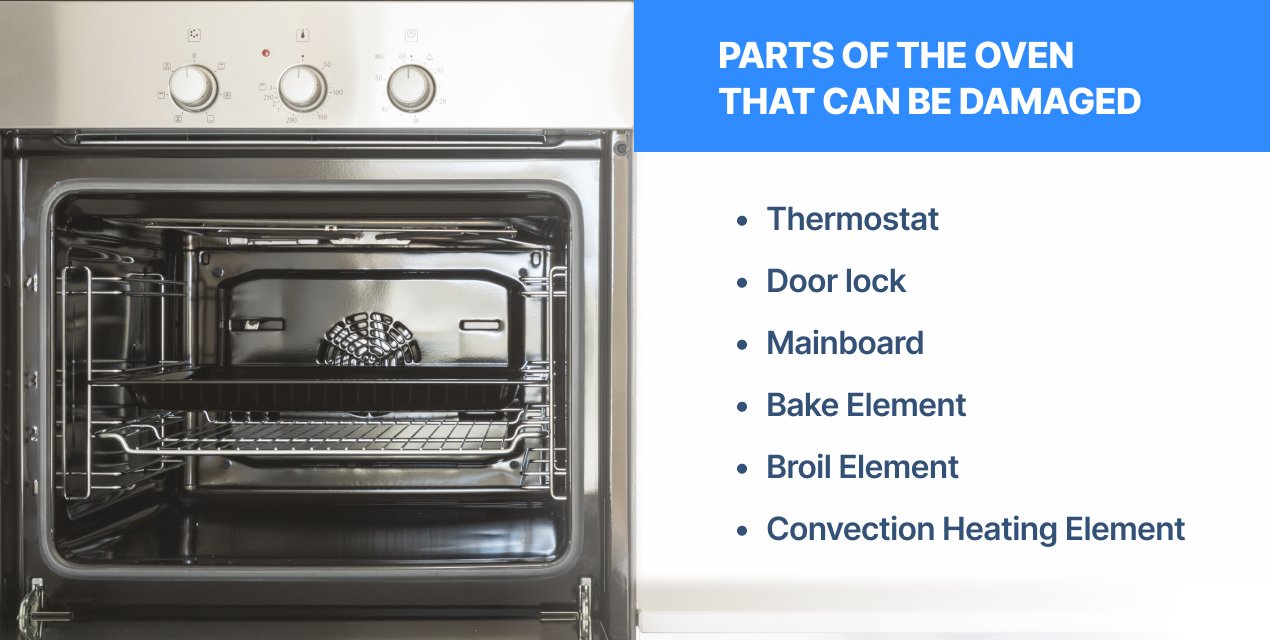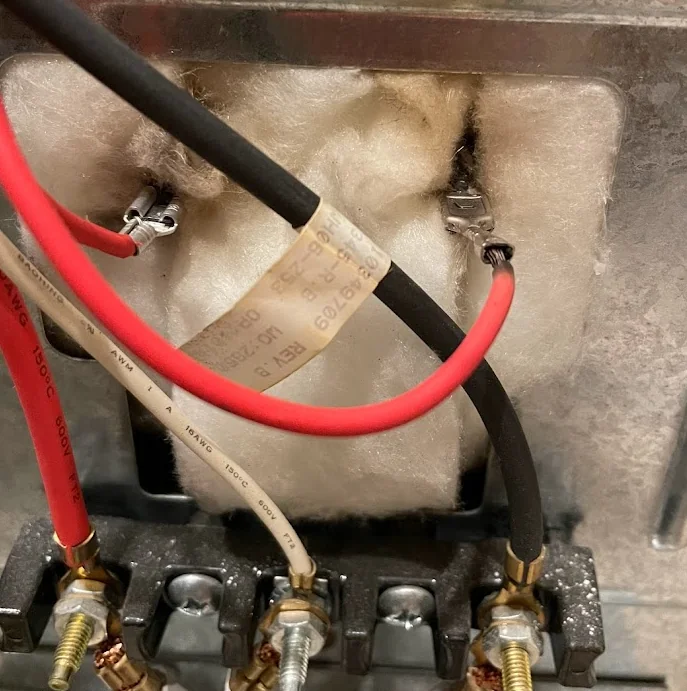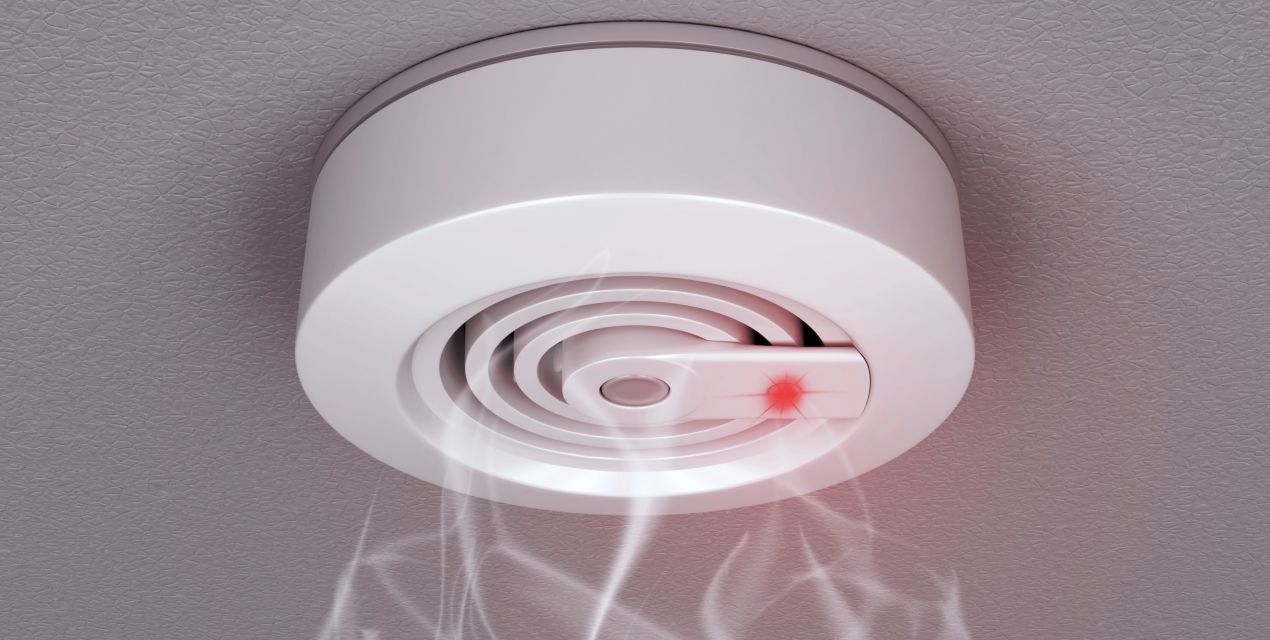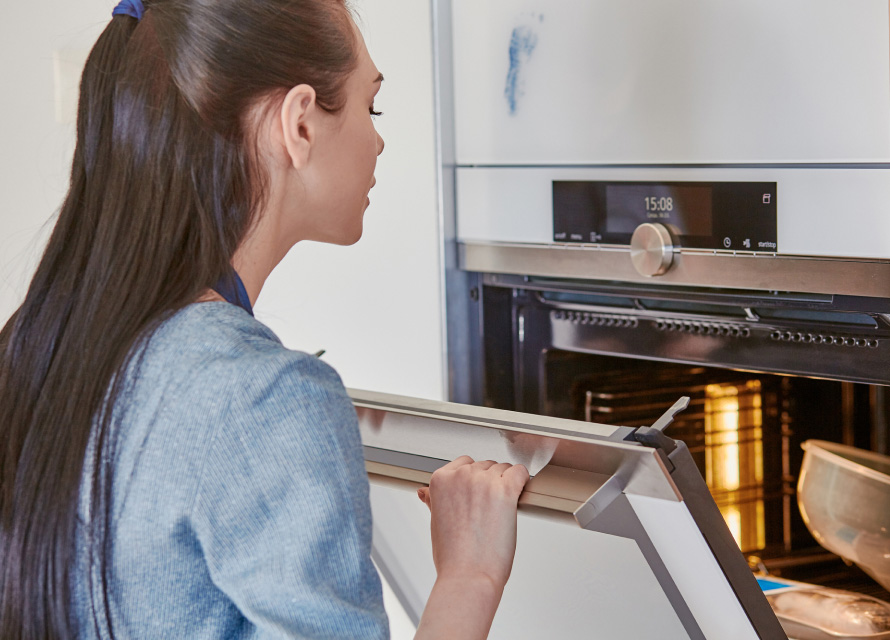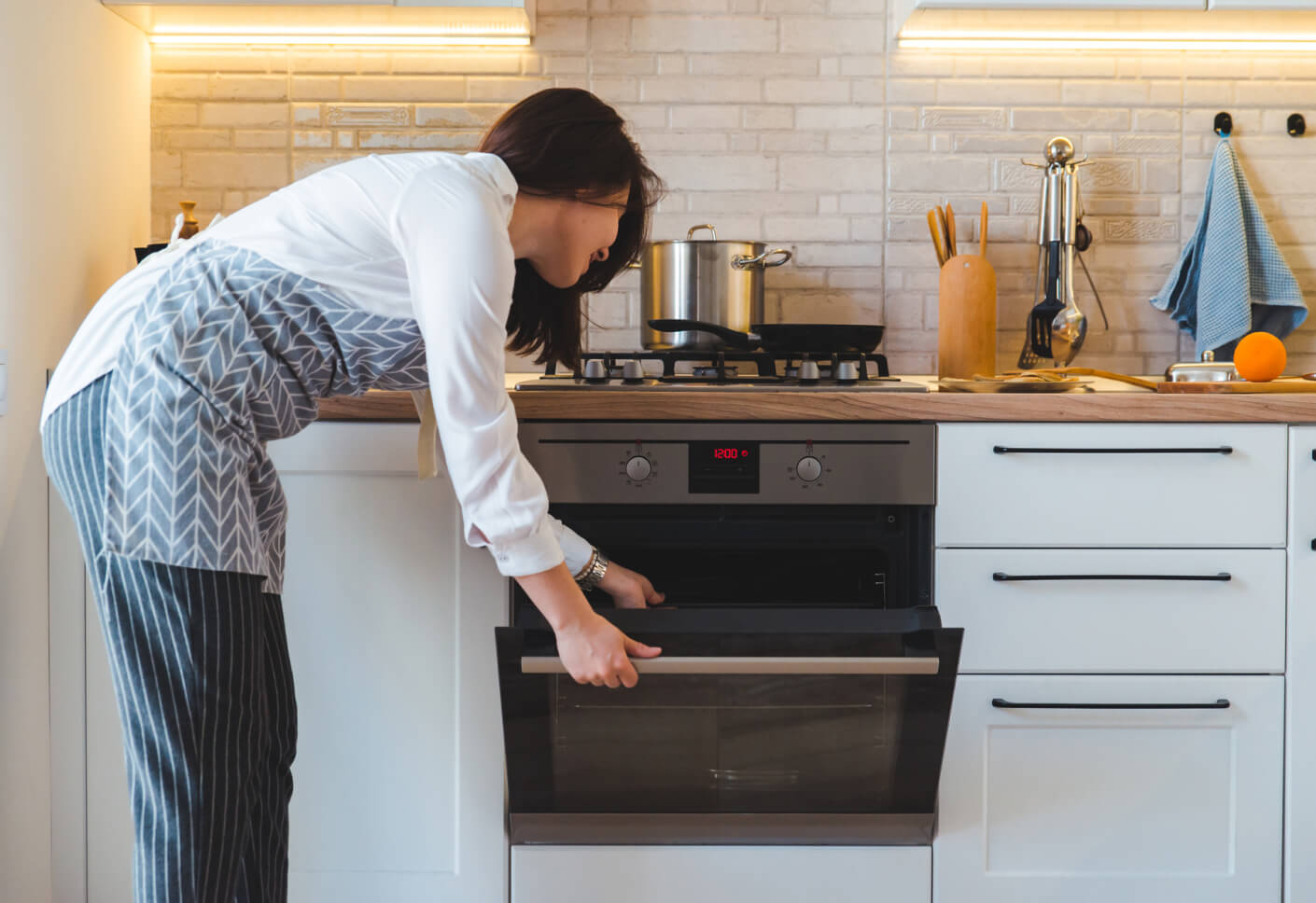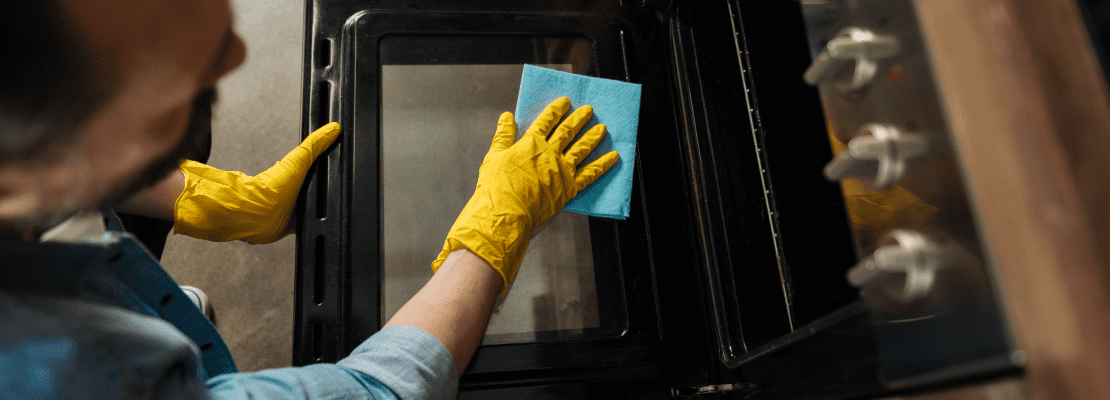Book an appointment with our technicians today!
We will repair your oven as soon as possible. Our service is engaged in the repair of household appliances, including oven repairs. Give us a call and we’ll help you enjoy a delicious dinner as soon as possible. With us, your google request “oven fix near me” will be processed immediately.
Book online
